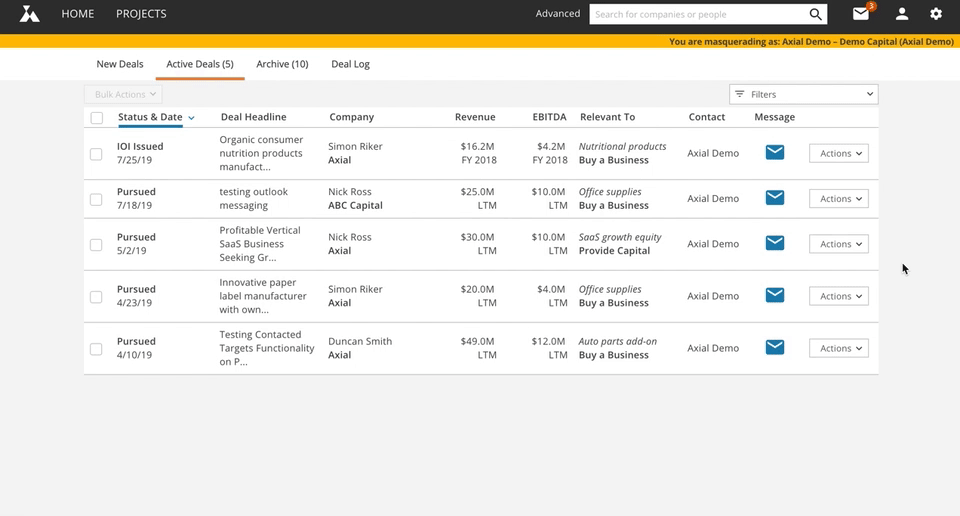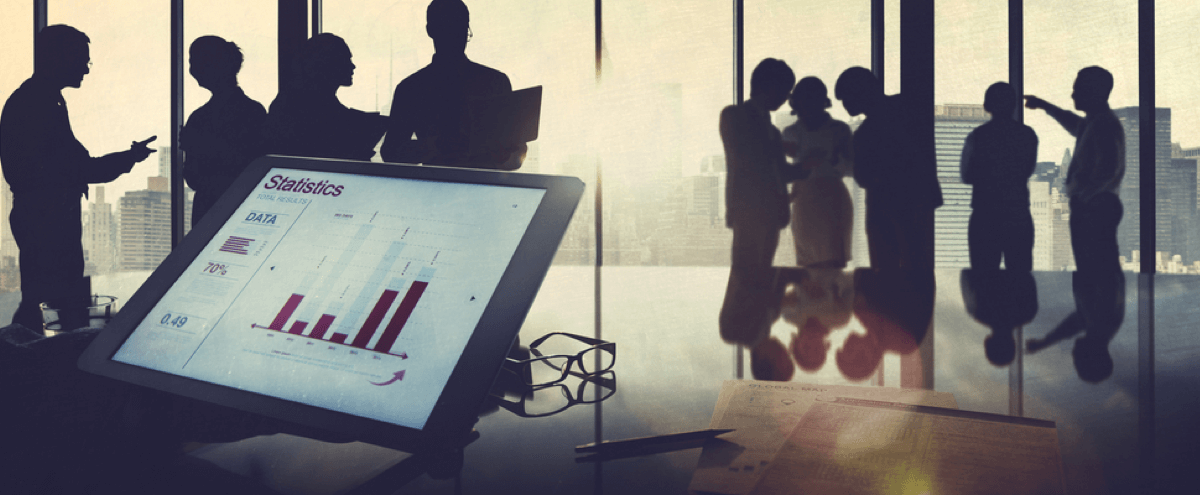
The Top 50 Lower Middle Market Industrials Investors & M&A Advisors [2025]
Industrials remains the most dominant sector in Axial deal flow, representing more than 25% of all deals brought to market…
Buyers, Family Offices, Lenders, Private Equity
In many ways, deal sourcing is more art than science. It’s about making (and maintaining) relationships. It’s about knowing exactly what you’re looking for, while also being open to new opportunities. It’s about taking some risks and avoiding others. It’s about being a nice person — the kind of partner a company would like to have.
But there are also, of course, aspects of the job that can benefit from a more scientific, rigorous approach. On Axial in particular, optimizing your profile, projects, and strategy will ensure that you’re seeing the most relevant deals for your firm and making valuable connections with other members.
We polled our product and customer success teams for their top tips for buy-side members to find success on Axial.
This applies outside of Axial too, but on Axial it has particular resonance. Buy-side members’ Responsiveness Scores are calculated based on a) how often you’ve responded to deals you’ve received within the last 90 days (75% of score) and b) how quickly you’ve responded to those deals (25%). Your score is calculated for each individual member (i.e., it’s not firm-wide) and appears to the sell-side when your firm appears on a recommendation list for a deal.
Our data shows that buyers, investors and lenders with a strong responsiveness score will see more and better deals.
(Read more on Responsiveness Scores here.)

How you define your mandate on the platform has a big impact on what deals you’re recommended for. The Axial algorithm only matches you with deals that overlap the specific criteria you’ve laid out in an active project. For example, if a member is interested in adhesives, we would recommend selecting “Adhesive Manufacturing” as opposed to picking a specific type of adhesive further down the industry taxonomy to ensure maximum coverage. There’s also no limit to the number of projects you create, and you can easily copy and paste projects so that you can include different combinations of keywords/industries to ensure maximum coverage. (On the flip side, if you’re only looking for deals with hyper-specific attributes, ensuring you make those clear within your project is critical).
Pursuing or declining a deal promptly is important, but so is updating its status as it moves down the pipeline. Within your deal inbox on Axial, you can mark off deals where you’ve signed NDAs or issued IOIs, for example. Staying on top of this gives you a clear view of your pipeline and helps you make sure you don’t overlook anything (e.g., meaning to sign an NDA but losing track of it).
How to update the status of a deal:

Think of your Axial Company Profile as an extension of your firm’s website. Just like on your site, you want to put your best foot forward when it comes to marketing yourself to sellers and bankers — and showing relevant, recent deals is one of the most effective ways to do this. (Here’s how to add tombstones to your profile.)
